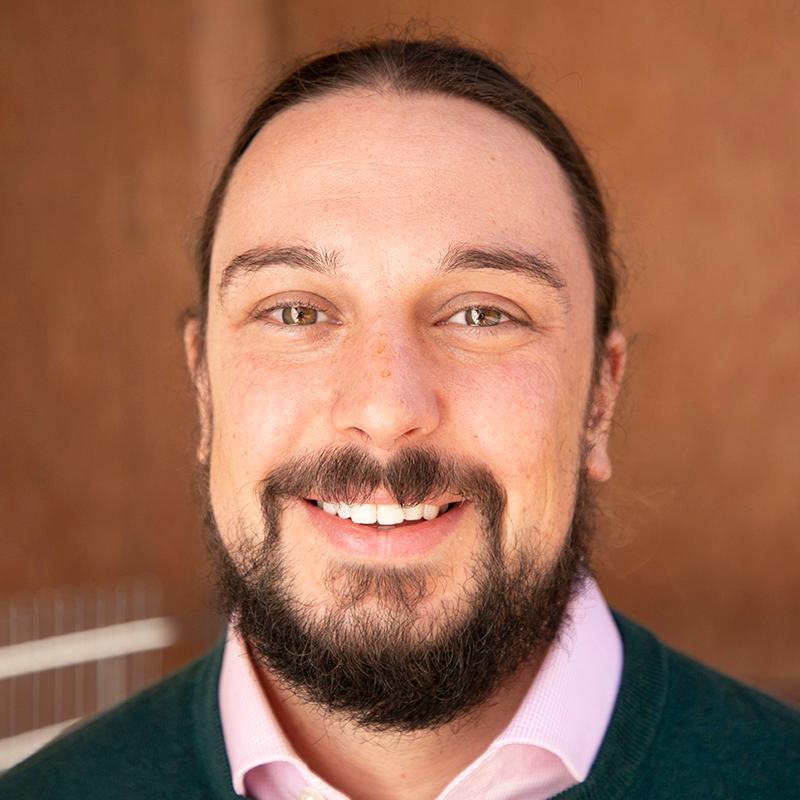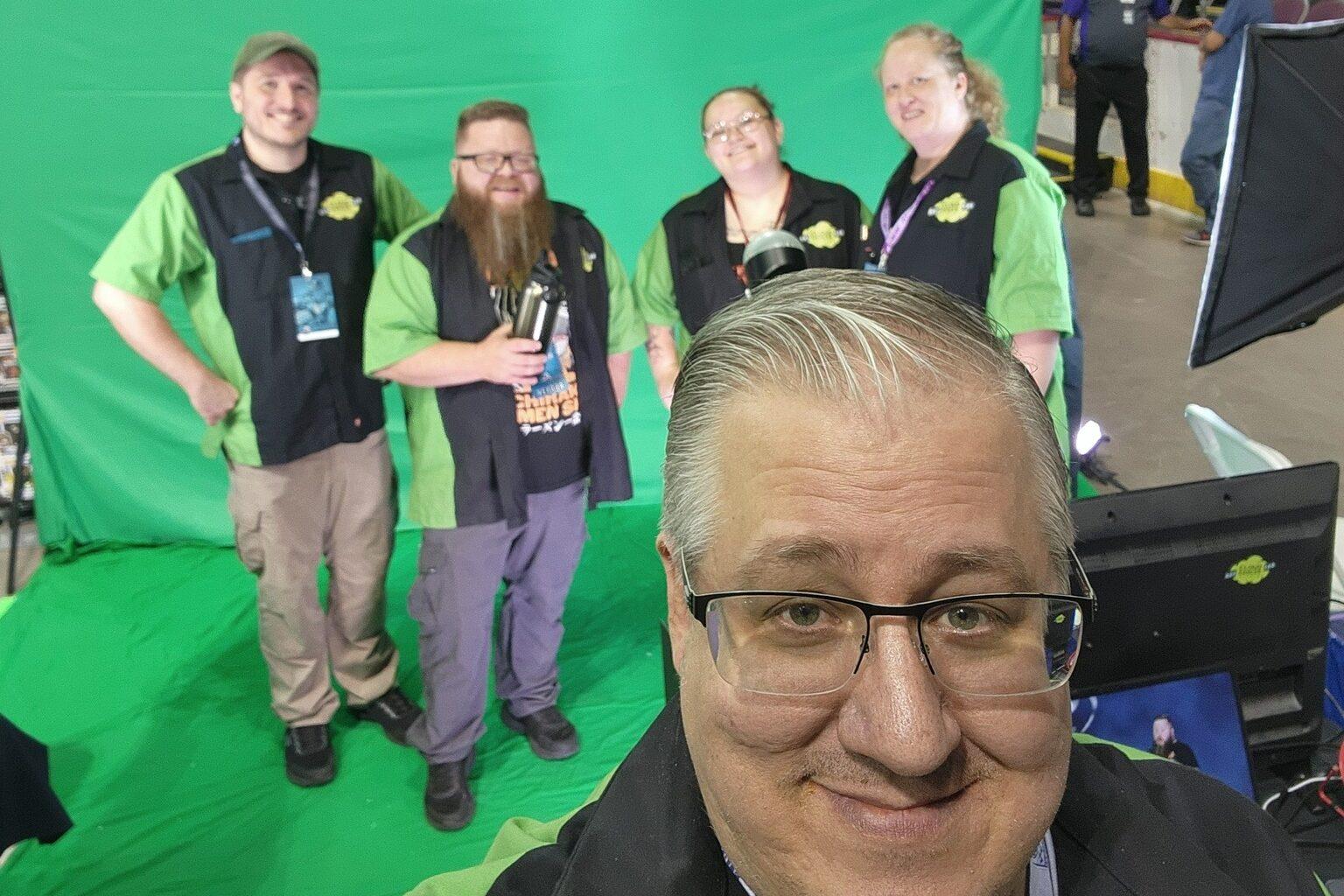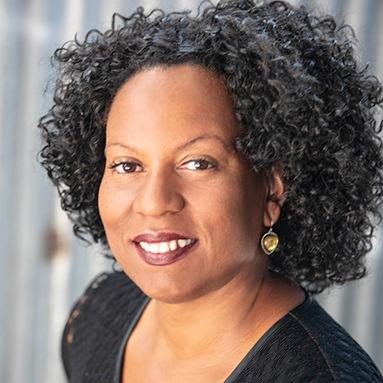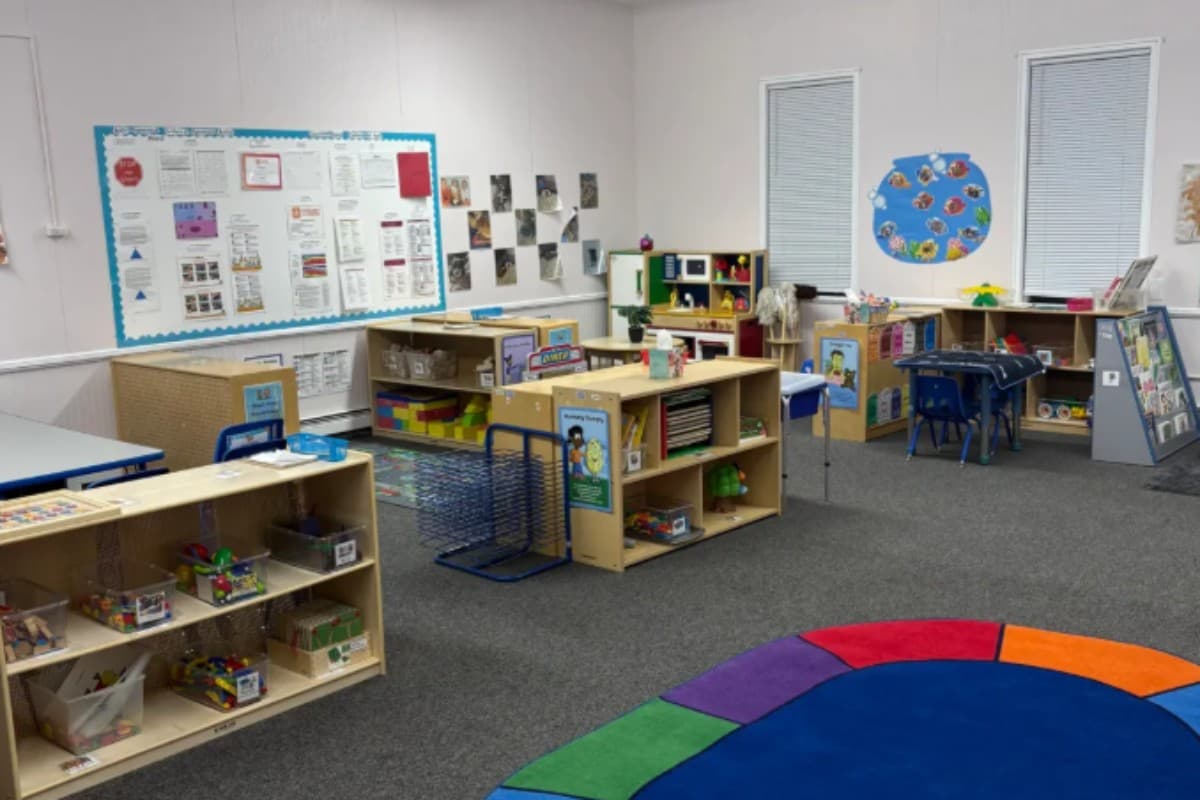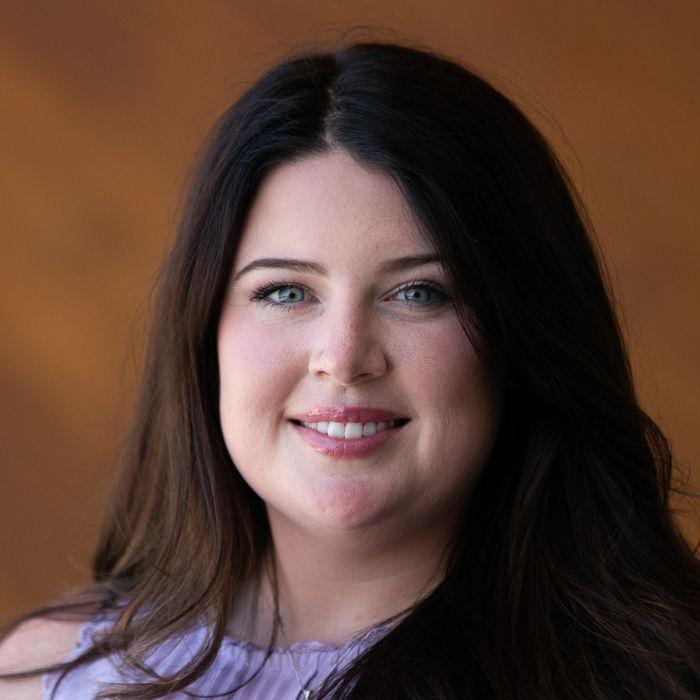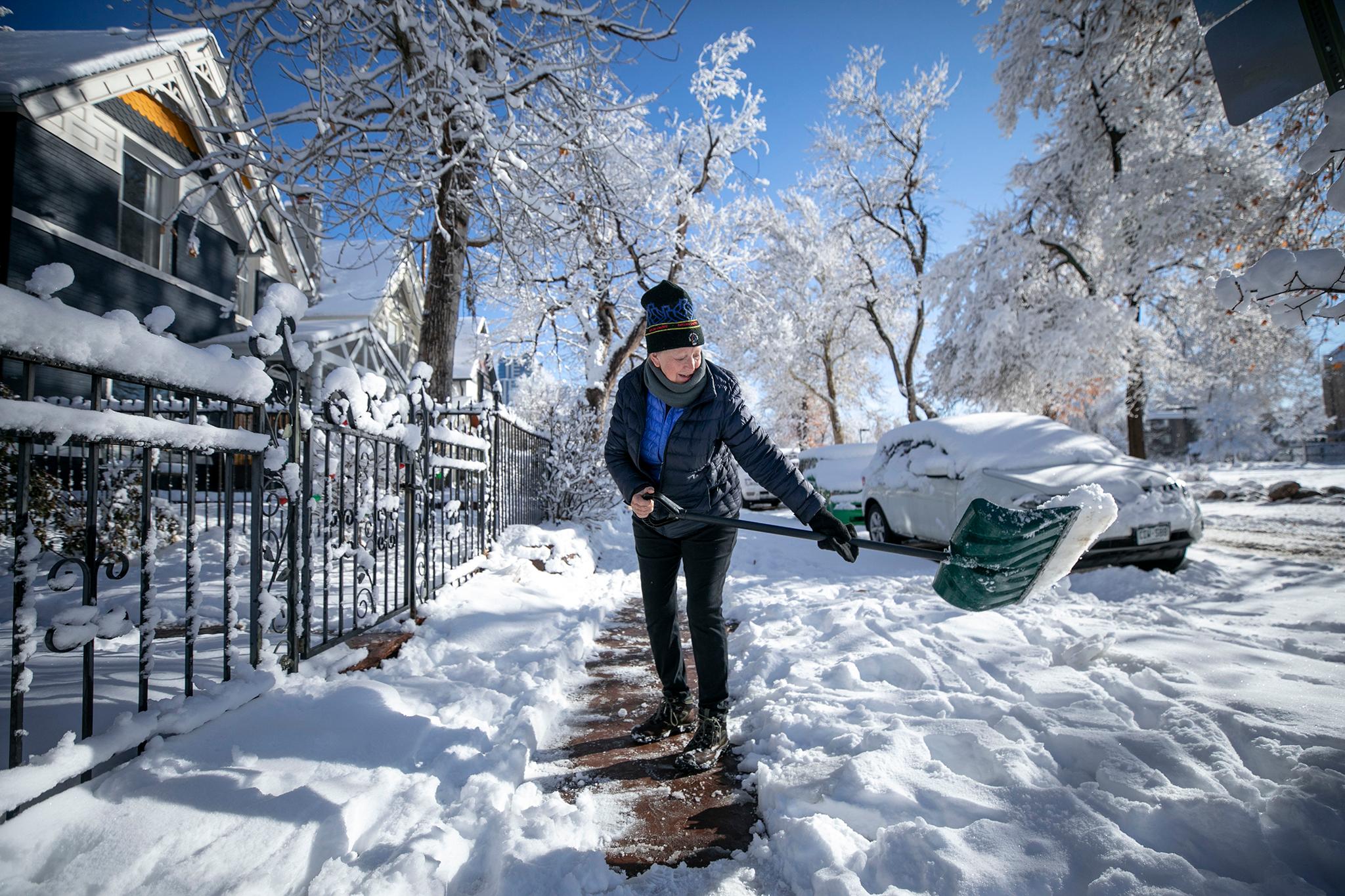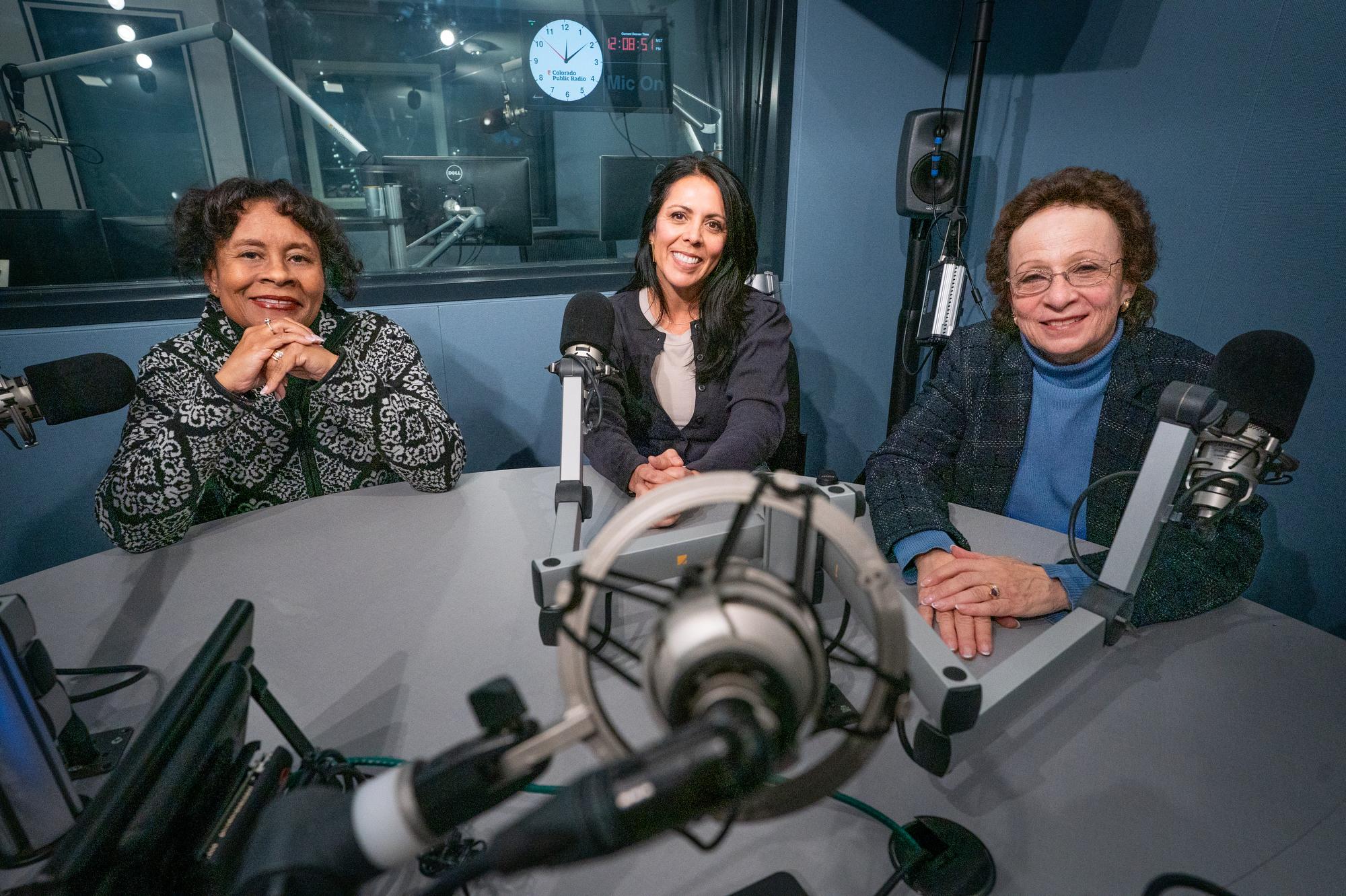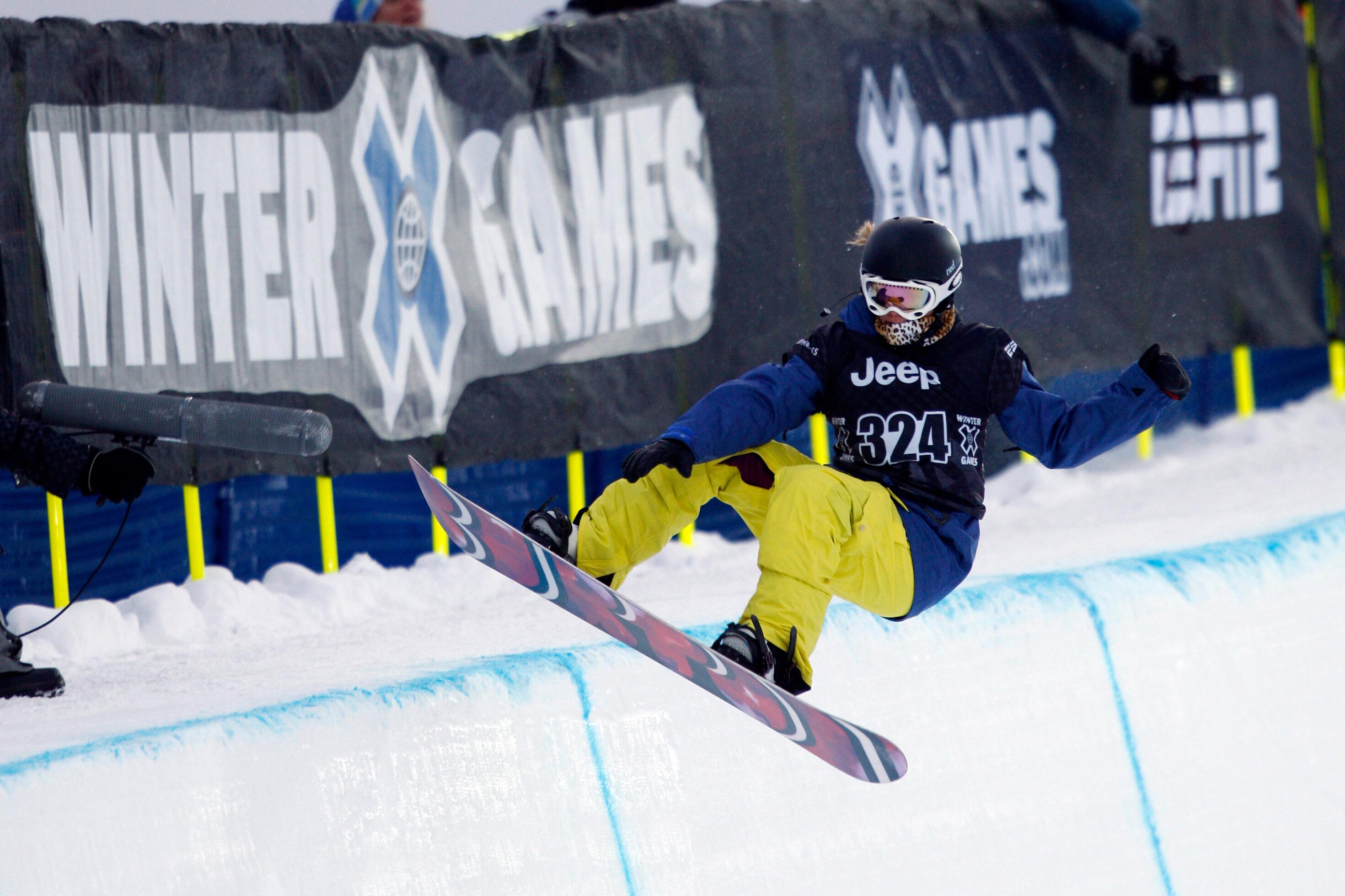
When the X Games brought on a new CEO whose career began in skiing before jumping to professional football and then tech, it was a fair bet that experimentation was on the horizon.
Jeremy Bloom — who grew up in Loveland, played football at the University of Colorado and skied in the Olympics in addition to being drafted into the NFL — now leads the X Games. And, when he got the role, one of his first calls was to his old colleagues.
“Thirteen years in tech and (I) just made some great friends and relationships along that journey. And one of those great friends is the co-founder of Google, Sergey (Brin),” Bloom said. “And it was top of mind when I called him that I wanted to build the world's first AI judge and I needed his help.”
That new Artificial Intelligence judge got its trial run this year at X Games Aspen. Using cameras to record men’s snowboard superpipe practice runs, the system analyzed the competitor’s tricks and accurately predicted the top three finishers for the event.
Bloom spoke with Colorado Matters producer Tom Hesse about the early returns of the project, what it could mean for sports and the future of the X Games.
This interview has been edited for length and clarity.
Tom Hesse: What is it about the judging process for these types of competitions that makes them a good candidate for Artificial Intelligence application?
Jeremy Bloom: I've spent my whole life in judged sports starting at the age of like six, competing on the freestyle team up in Keystone, Colorado. And so I've been around judged sports my whole life as a competitor, but also as a fan. I mean, even this past weekend watching NFL football games and still to this day, notwithstanding a lot of the technology that could fix this, we're still seeing referees get it wrong. Look, humans get it wrong, right? We're all humans. And so if we can lean into and experiment and be curious with this new technology that AI is bringing to the forefront to create some superpowers for judges or superpowers for referees and some checks and balances across some of these subjective sports, I think it's a big win for the athletes and the teams.
Hesse: It's interesting you bring up the human element of your non-judged sport — your football past — because I was thinking as I was reading about this: I've been hearing about an automated strike zone in Major League Baseball for like 25 years, and yet one of the first sports to get into these waters is not one I would've expected. Why so early coming from the extreme sports angle, from the X Games angle?
Bloom: Well, I think in part because I got the job to be the CEO at X Games, and after spending 13 years in the tech space as a CEO and co-founder of an enterprise software company, I had a chance to think holistically about what are some of my big priorities. And nothing is more important to us at X Games than the athlete. We want to be an athlete-centric league. We want to make every decision with the question, ‘Is this good or bad for the athletes?’ And having spent decades as a professional athlete and living inside their shoes in and around action sports at the Olympic level and into the NFL and football, I just wanted to commit whatever time, energy and resources that we could on our side to lean into the newest and best technology to create our sports more objective to create our sports becoming more objective, therefore making sure we're ensuring fairness across the board for our athletes.
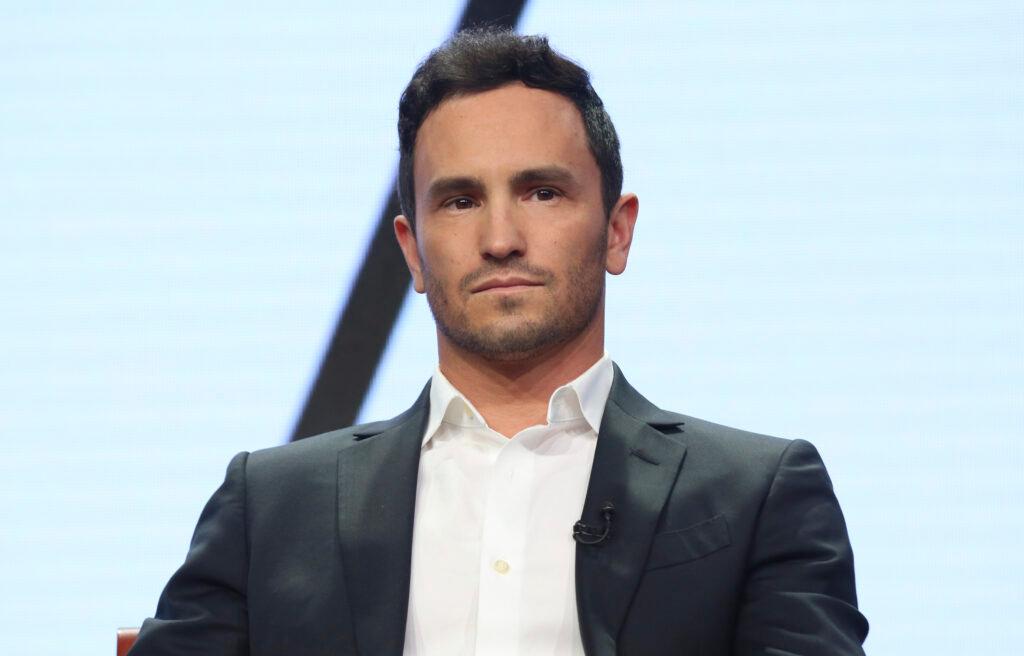
Hesse: I know this is a big question, so understanding that few of us have either a background in professional skiing or in tech, how does it work?
Bloom: Well, so it's pretty interesting because these new models, you don't have to code a lot, so you don't have to write the lines of code, you just have to put in some great direction because these new models, the Gemini models, follow directions really well. And so what we did is we've created a custom model, we've trained it on many hours of action sports. We've uploaded the judging criteria of how actual judges think about judging these sports. And we've had a lot of people involved, including the head X Games judge who has helped us sort of calibrate this model.
We've had athlete input, and over the past, about seven weeks that we've been working on it with partnership with Google AI's team, we've made an incredible amount of progress and are very excited about the future — and many use cases beyond judging. I mean, the model can commentate in any language that you want it to, and we have a global brand of sports. Our athletes are from all over the world. So bringing a global audience closer to what we do by translating into local languages in near real-time for these other markets is really interesting. And a lot of our athletes noted as well, “Wow, this thing is really smart and sophisticated. Could I use it as a second set of eyeballs as a coach to help me think about getting better at my sport?” So lots of different use cases.
Hesse: Well, and the judging criteria for this, it's not art. There was a framework for how this worked, right? So there was something that could have been fed into this computer?
Bloom: Yes. It's not all art. A lot of it is science, like the degree of difficulty of the tricks and how did you land it well or not. A lot of that is documented. But, some of it is art. And we were pretty pleasantly surprised that the model understands the art nature. So art is really, economy of motion. So how is the economy of motion as the athlete is in the air? Did they grab or did they tweak the grab? These are all what's sort of known as our artistic elements of the sport, but there are prompts — especially if you know the sport well — to say, “Well, here's what to look for. Here's what the artistic nature of that looks like, and here are some things to look out for as you calibrate those scores.”
Hesse: This may be a silly hypothetical, but I'm going to give it a shot anyway: What happens, and I know this isn't totally how it works, but let's say somebody does a trick nobody's ever seen before. How does the AI model deal with that?
Bloom: Yeah, we've played with that, actually, because we've calibrated it. We've given it the degree of difficulties of ten tricks and then shown it another one. And we were just curious what it would do. And basically what it did is, it took the degree of difficulty of the closest trick, and if it was harder, it basically divided the degree of difficulty of one other spin or one other flip and added it to the score itself.
So we didn't even tell it to do that. So it showed some wherewithal and ability to calibrate a jump that it's never seen before. Was it perfect? Probably not. Are we really early on in all of this? Absolutely. But that's the power of this technology in some regard. It can think logically for itself based off inputs that you've given, but not specific input for the new activity.
Hesse: And I assume that's not too dissimilar from how human judges were doing it? I mean, the human judge, they didn't know what to do with a Double McTwist before Shaun White did it. So I assume that's kind of the same thing?
Bloom: Yeah, pretty similar.
Hesse: How does this come to be? Do you call up an AI developer? Do they call you? How did this arrangement come to be?
Bloom: Well, 13 years in tech and just made some great friends and relationships along that journey. And one of those great friends is the co-founder of Google, Sergey (Brin). So when I took the job, I called Sergey and said, “Hey, I'm going back to sports, not to play, but to lead the X Games.” And he's a big action sports guy. And he said, ‘Well, that's great. What do you think we could do together?’
And it was top of mind when I called him that I wanted to build the world's first AI judge and I needed his help. So Sergey sort of got the ball in motion, and a couple of days later, he introduced me to the head of AI at Google, and his name is Josh. And Josh and I have been working together with a bunch of AI engineers and a lot of interested parties at Google and on our side and just having a lot of fun with it.
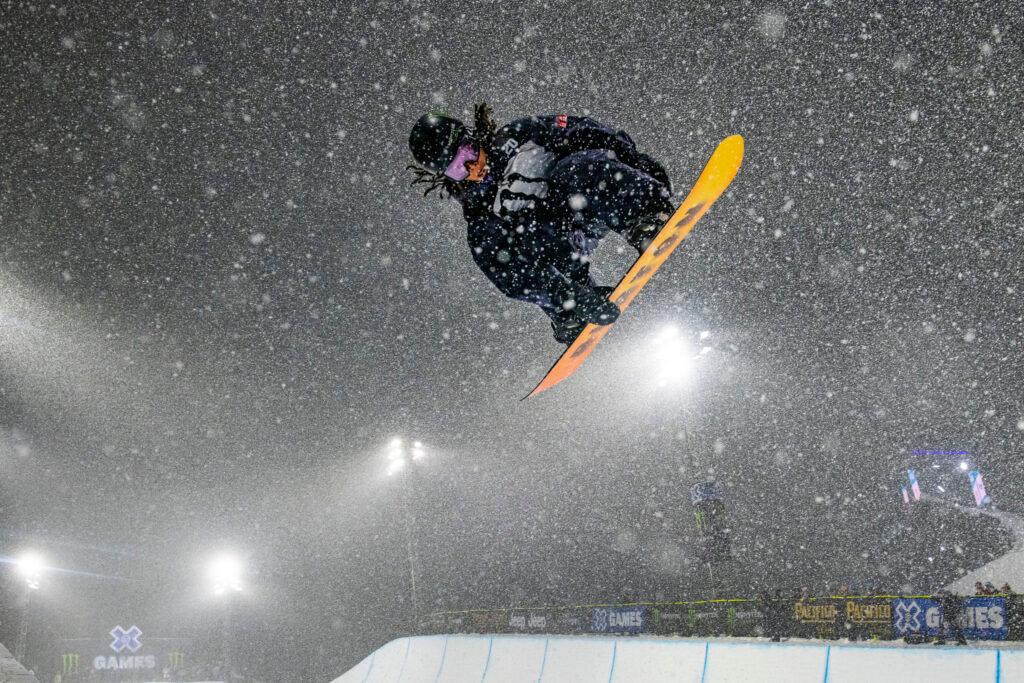
Hesse: So the big first case study was at X Games Aspen. How'd it go?
Bloom: It was a huge success. I couldn't believe this, but one of the ways we wanted to test it is we said, and we call it the Owl AI, we said to the Owl, “We want you to watch practice and look at the men's superpipe final competitors. And we want you to predict who's going to win gold, silver, and bronze based off practice and historical data.” And we put it live on air before the finals and it successfully predicted the gold, the silver, and the bronze medalist from the men's superpipe. Well, you can imagine the war room of AI engineers and Google folks and X Games folks. We were sort of losing our mind over that one.
Hesse: Were you nervous going into it?
Bloom: Yeah, I mean, definitely anytime you're doing a product demo on live TV with a big audience, you're sort of nervous, but I felt like we spent a lot of time calibrating it and it was performing really well. Look, we're building a culture of experimentation at the X Games, and our athletes are leaning into that. Our staff's leaning into that, and we hope our fans do as well because we have some big hopes and dreams for where we want to take X Games. We're going global in 2026 with the world's first action sports league with a draft and team sports in eight different locations. So we're changing a lot. We're really excited about our future and excited to give our incredible athletes the biggest and best platform globally that we can possibly get for them.
Hesse: I wanted to ask you about some of those other directions, but before I forget, on the AI element, have you been hearing from other leagues, other people in sports on where this might go? Do you have a guess on what might happen with this sort of AI implementation and judging?
Bloom: Yeah, we launched a new website, it's called theowl.ai, and we've heard from five or six other professional league sports reaching out and saying, “Hey, this could be really interesting technology to solve, fill in the blank.” And so we're pretty curious about that. We look forward to working with other leagues to bring this technology to other use cases because again, ultimately the goal is bigger than X Games. The goal is to bring objectivity across all subjective and refereed sports so that teams never lose a game, ever lose a game off a bad human call. An athlete never gets underscored or overscored off a bad call or judge. So that's the goal. It's ambitious. It's going to take a few years to get there, but we're excited and passionate for it.
Hesse: You mentioned some of the other changes. There are small ones and big overhauls kind of coming to the X Games setup. What is the general thrust behind this direction on something in the X Games that felt as revolutionary as it could be in the aughts and even going back to the nineties and is now kind of pivoting?
Bloom: Well, a lot of people don't realize that the X Games is no longer owned by ESPN and Disney, and it's owned by private equity, so it's owned by MSP Capital, and there's two co-founders there, Jahm Najafi and Jeff Moorad, and they own McLaren F1. They own a big part of the Phoenix Suns and a bunch of soccer teams in Europe. So, especially at McLaren F1, they've seen a lot of value creation for fans and certainly for the league by introducing a team aspect, the Constructor Cup, and a lot of other things like “Drive to Survive.” So when they bought the X Games from ESPN, they wanted to implement that model. So it's a great vision. We're excited about it. The end of this year, we'll have the world's first action sports draft. We'll draft players on teams. We're selling teams right now to team owners, and we'll have a really fun team element to our competitions as we take our brand global in 2026.
